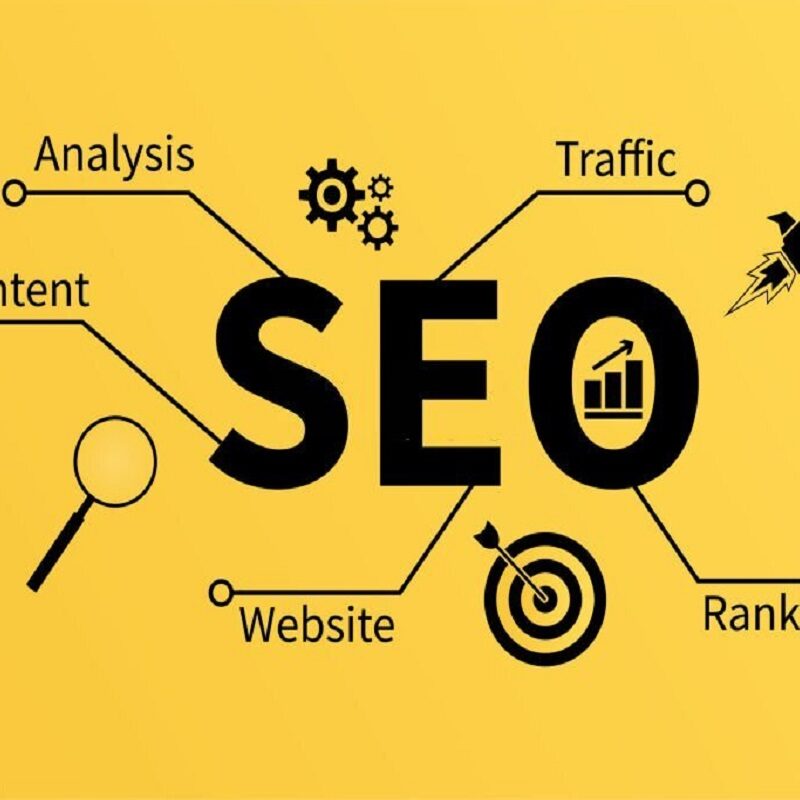What is eCommerce.
Find out what is eCommerce and how it works with this comprehensive guide. Understand the different types of e-Commerce, the benefits, and best practices with our expert advice and examples.
eCommerce is the activity of buying or selling products or services online. It is the buying and selling of goods or services over the Internet and is one of the most popular ways of conducting business today. It has revolutionized the way businesses operate and has enabled companies to reach new customers, increase sales, and improve customer service.
eCommerce is the process of conducting business activities over the internet. This includes the buying and selling of products, services, and information. It has become increasingly popular over the last few years and is now one of the most common ways of conducting business.
e-Commerce is an important part of the digital economy and has enabled businesses to reach new customers and expand their markets. It has also enabled companies to reduce costs by eliminating the need for physical stores and paperwork.
Introduction to eCommerce
e-Commerce is the activity of buying or selling products or services online. It is the buying and selling of goods or services over the Internet and is one of the most popular ways of conducting business today. It has revolutionized the way businesses operate and has enabled companies to reach new customers, increase sales, and improve customer service.
Benefits of eCommerce
The most obvious benefit of e-Commerce is the ability to reach a global market. This means that businesses have access to a much larger customer base than they would if they relied solely on the local market. This can lead to increased sales and higher profits.
eCommerce also offers businesses a range of other benefits, such as lower transaction costs, faster processing times, and improved customer service. It also allows businesses to offer customers a wider range of products and services.
Types of eCommerce
There are several types of eCommerce, including:
• Business-to-consumer (B2C): This type of eCommerce involves businesses selling products directly to consumers. Examples include online stores, marketplaces, and auction sites.
• Business-to-business (B2B): This type of eCommerce involves businesses selling products or services to other businesses. Examples include online wholesalers and distributors.
• Consumer-to-consumer (C2C): This type of eCommerce involves consumers selling products or services to other consumers. Examples include online classifieds and auction sites.
Challenges of eCommerce
Despite its many advantages, eCommerce is by no means without its challenges. These include:
• Security: Security is a major concern for businesses that conduct eCommerce. There are a number of security threats, such as data breaches, hacking, and identity theft, that can put a business’s customers and its reputation at risk.
• Fraud: Fraud is another major concern for businesses that conduct eCommerce. Fraudulent activity can include credit card fraud, money laundering, and identity theft.
• Technical issues: Technical issues can be a major problem for businesses that conduct e-Commerce. These can include server downtime, slow loading times, and compatibility issues.
Conclusion.
eCommerce is the buying and selling of products or services over the internet and is one of the most popular ways of conducting business today. It has enabled businesses to reach new customers, increase sales, and improve customer service. It has also enabled businesses to reduce costs by eliminating the need for physical stores and paperwork.
However, e-Commerce also presents a number of challenges, such as security and fraud, which businesses must address before they start conducting e-Commerce.
Thank you for reading!
Don’t forget to Like, Share and Comment for more.























